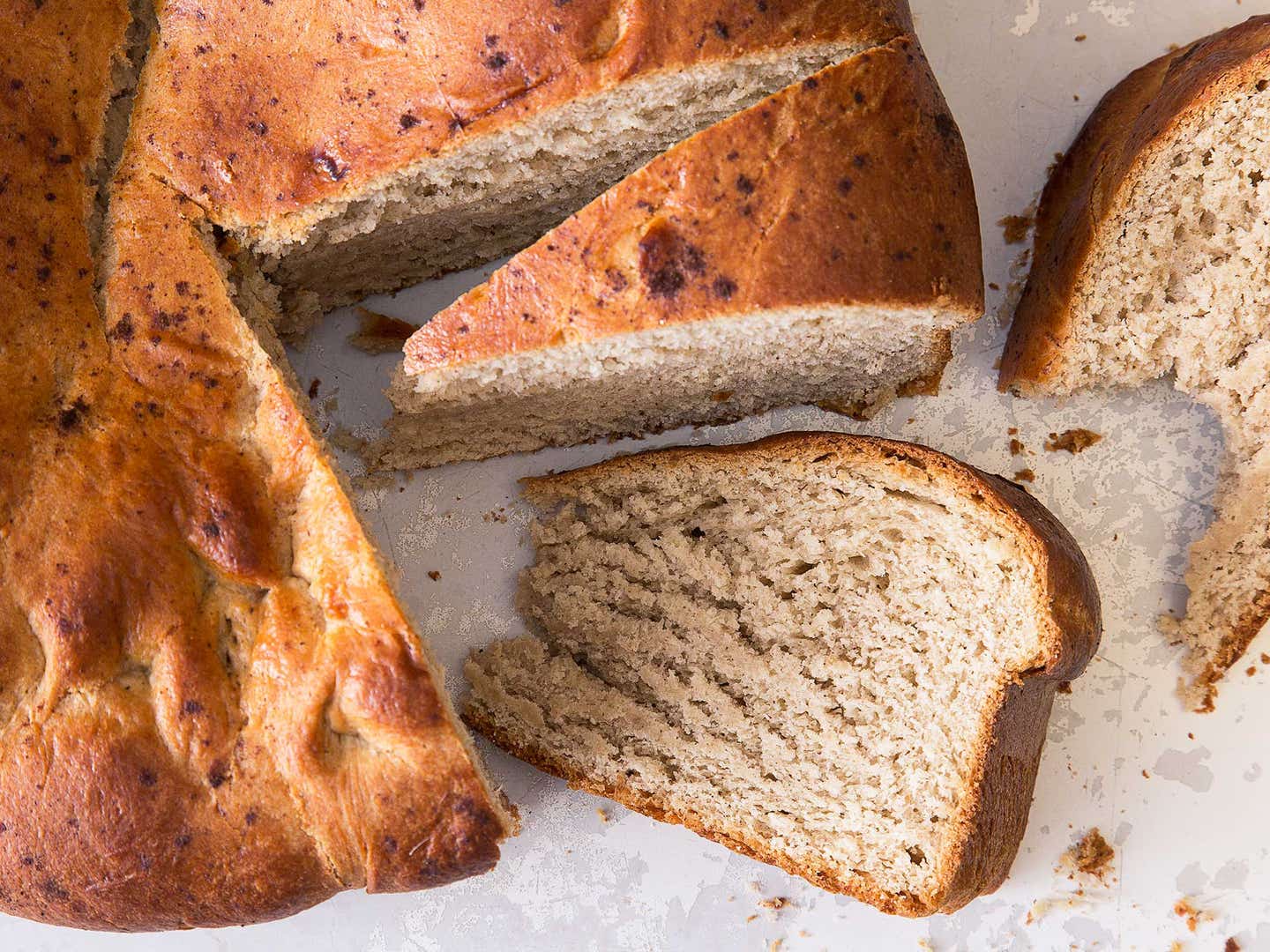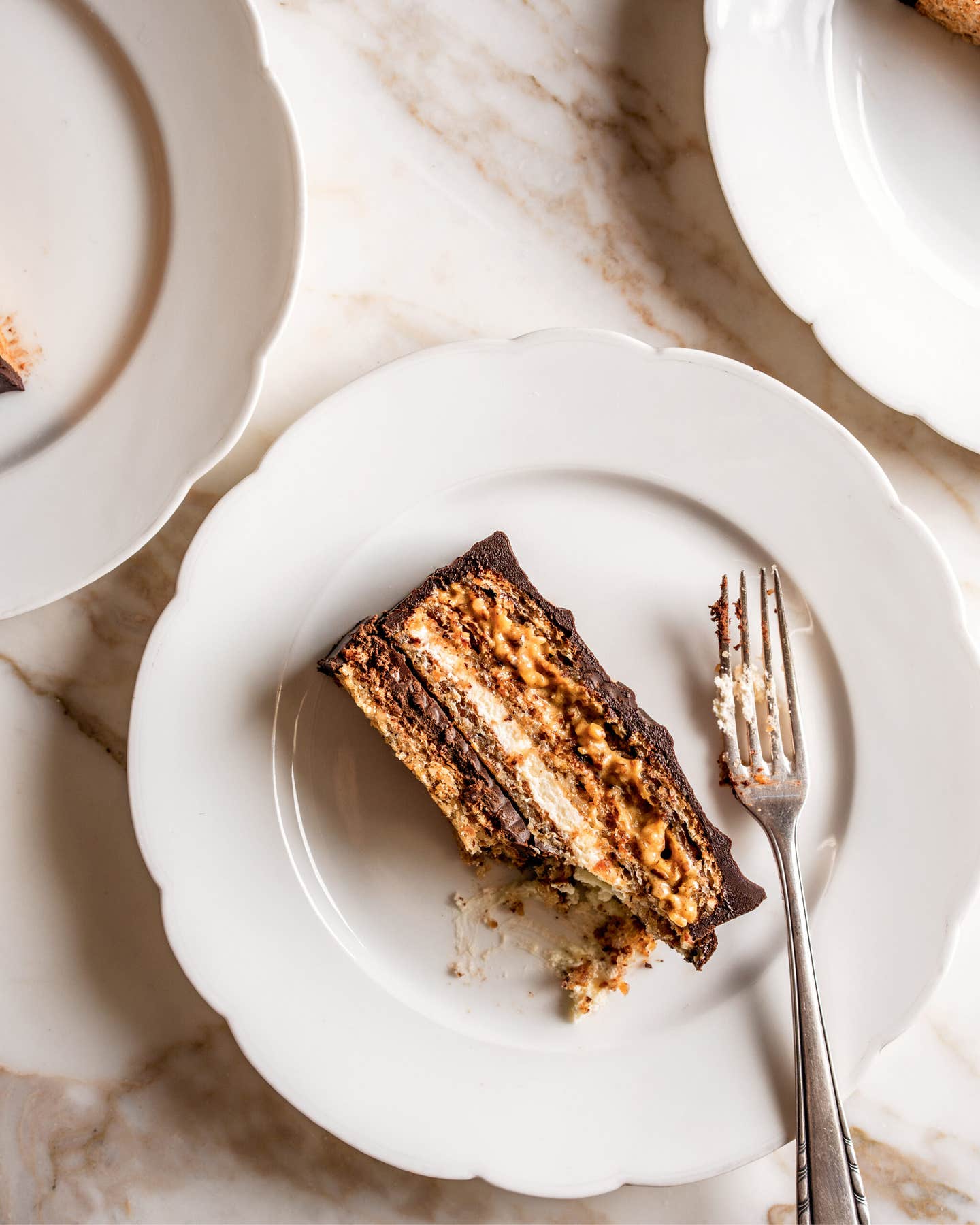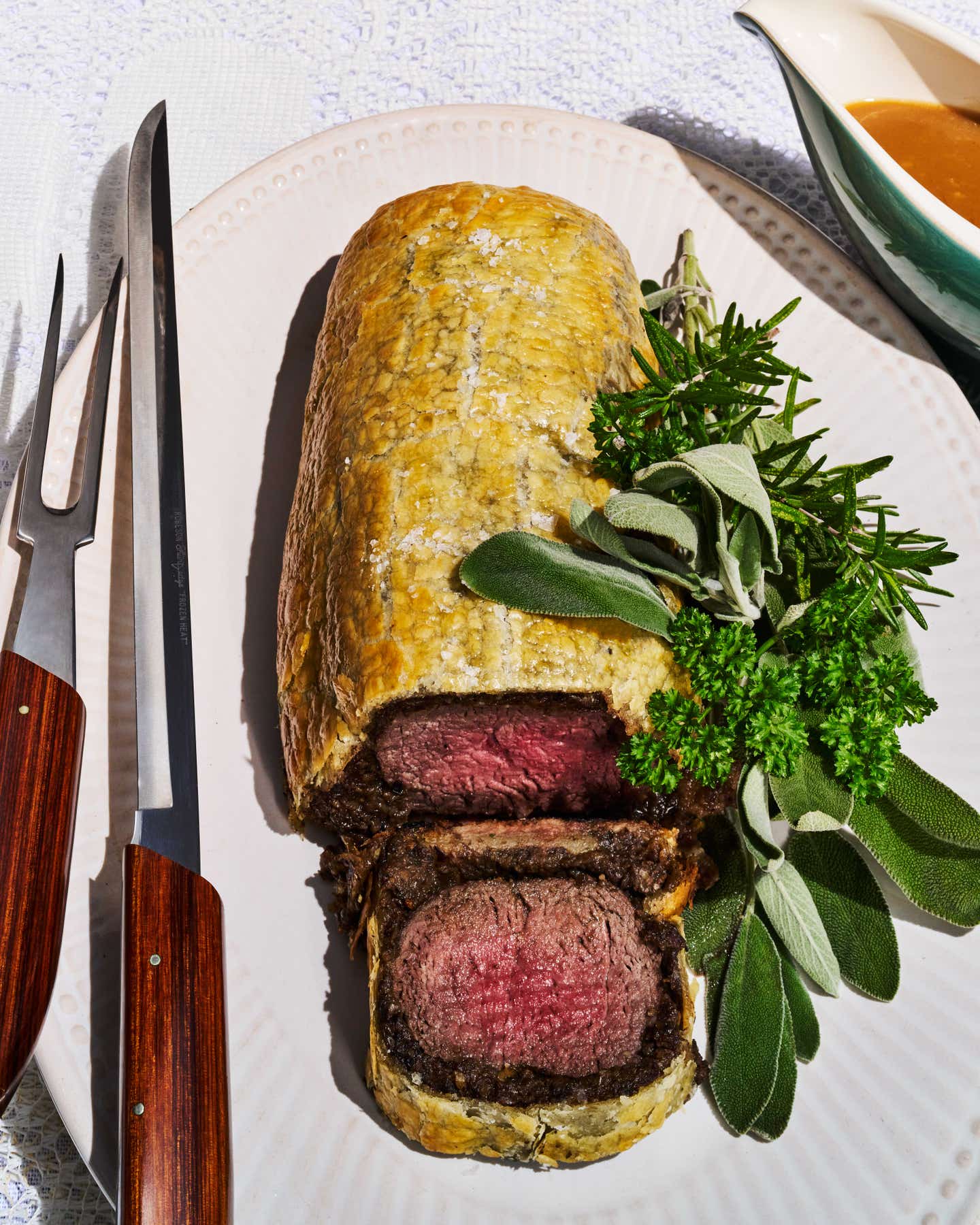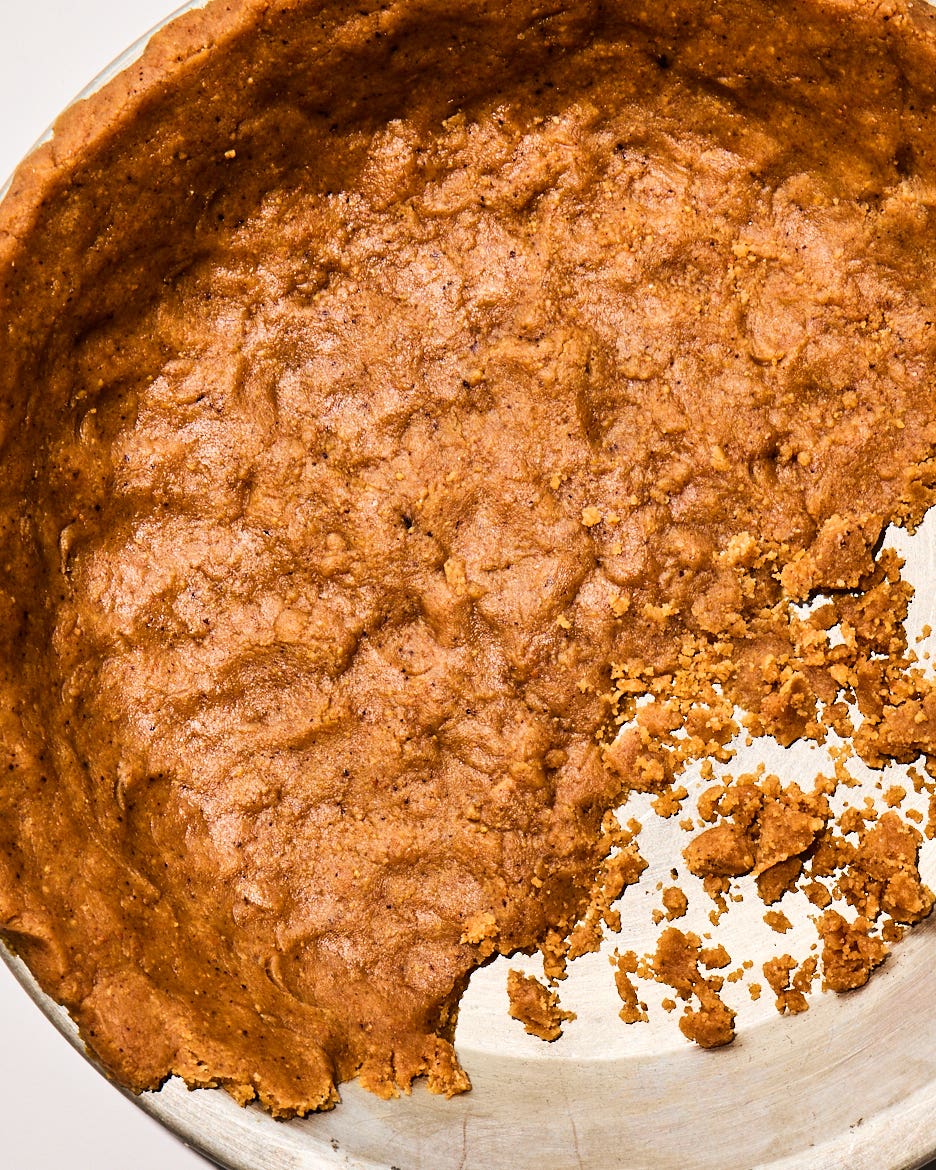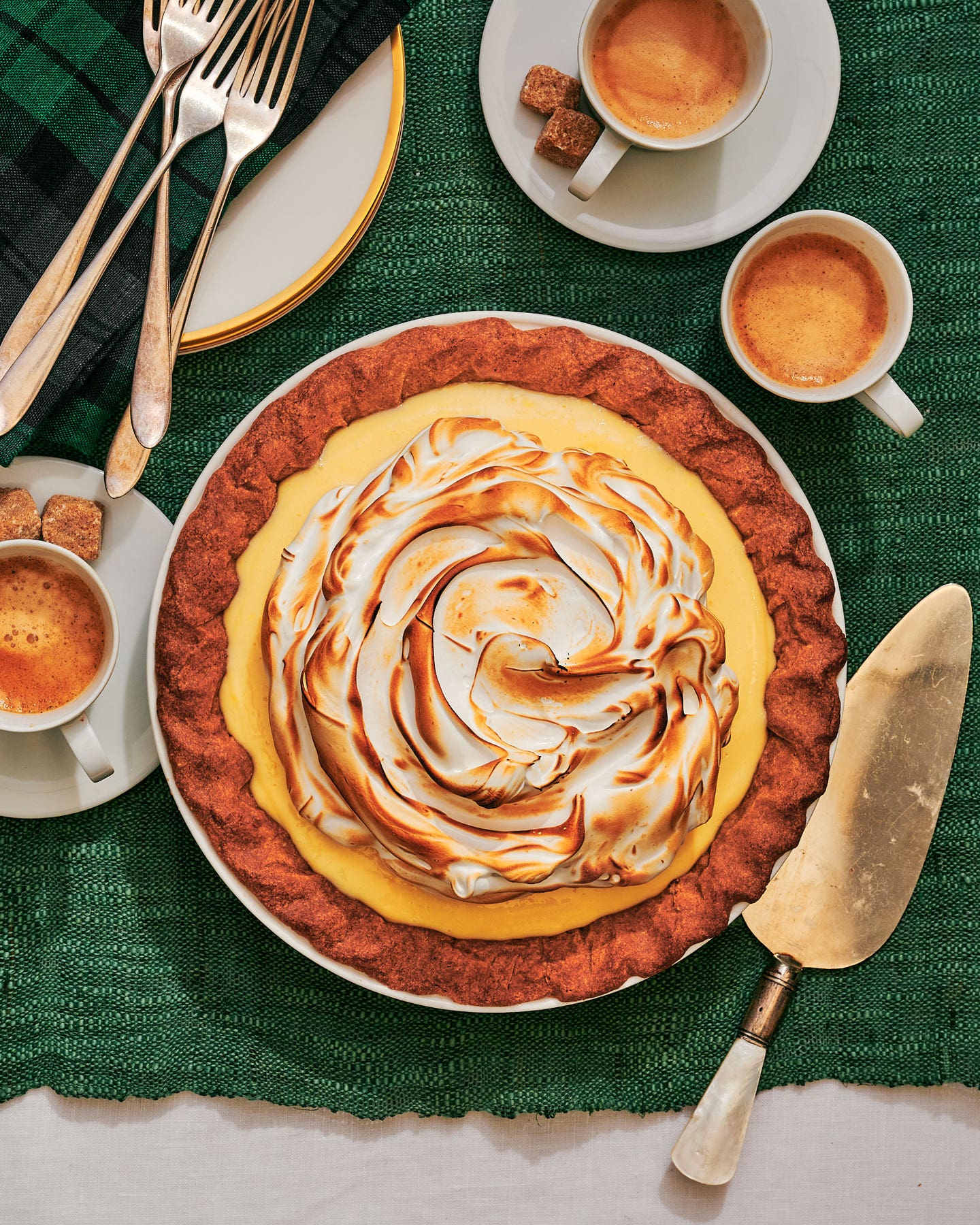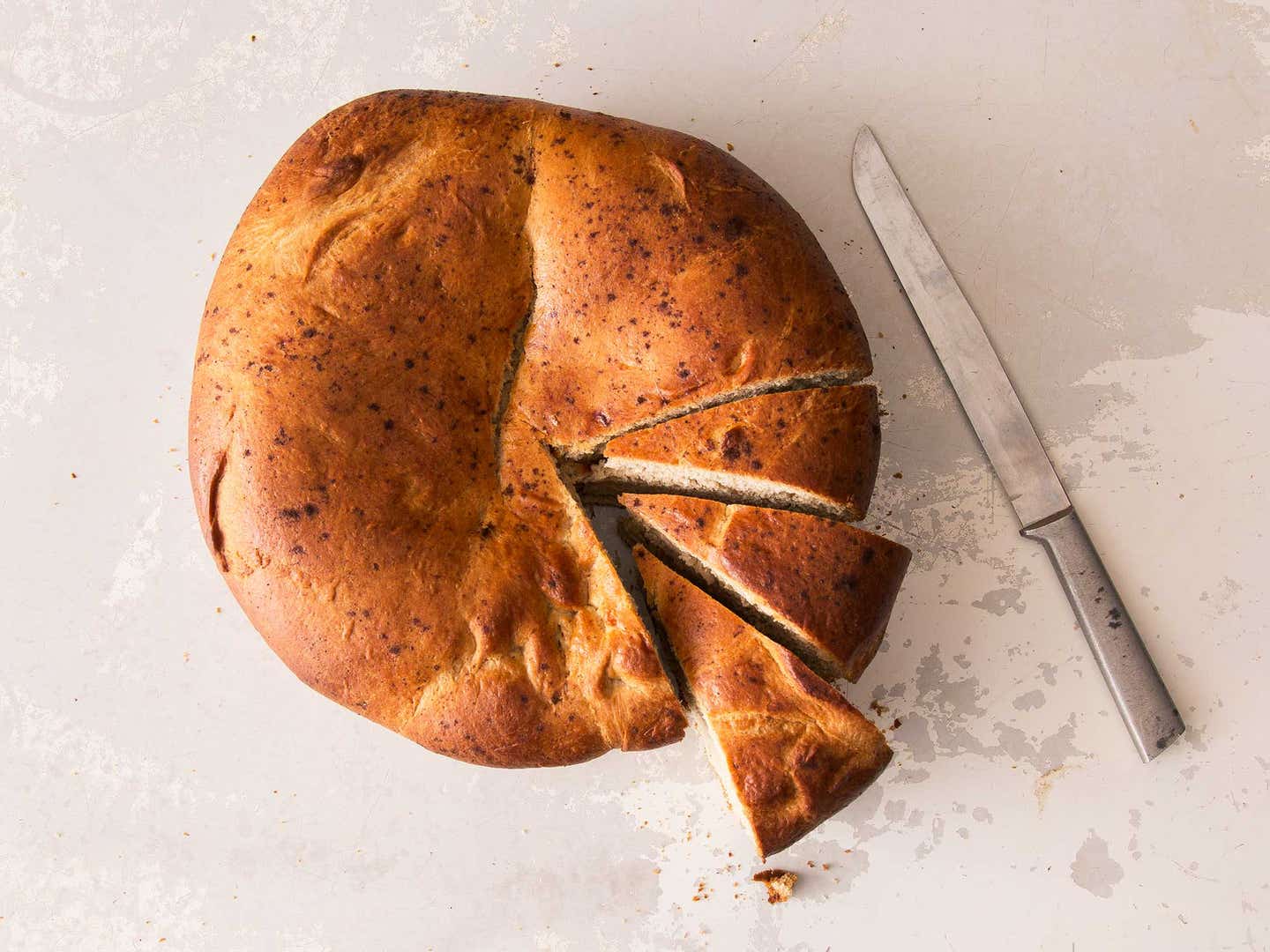
“More butter!” Maria shouted from her station on the stove. “And beat it until it’s gleaming white. That’s what makes it light and fluffy.”
I nodded, gripped my whisk, and beat the butter with a silent fury. An hour later, after the kourabiethes cooled, I dusted them with powdered sugar.
“Good,” Marion told me as she peered over my right shoulder at the industrial sized sheet trays full of cookies.
Then Mary came from the left and swiftly snatched the sieve from my hand and coated each cookie with another layer of powdered sugar. “We want them to make a mess,” she told me.
I started baking with the yia-yias of St. Nicholas Greek Orthodox Church in Tacoma, Washington when I was 17 years old. On weekday mornings they streamed into the church's kitchen—which was easily twice the size of the restaurant kitchens I'd been working in as a prep cook—and churned out cookies by the dozen, endless sheets of baklava, and warm loaves of tsoureki.
The scene would fit seamlessly in the wedding preparation montage from My Big Fat Greek Wedding; everyone yells over each other while pacing around the kitchen and vehemently gesturing. I typically received three different sets of directions for one task, at least two in Greek, and usually had my job hijacked by a well-meaning but very serious Mary.
When it comes to vasiloptia, however, everyone yields to Ellie Pangis. Baking bread requires patience, and Ellie, who just turned 90, has enough to make vasilopita for the entire congregation, and then some more that she sells from her home. She bakes her loaves at home to avoid the inevitable interference from working in the church kitchen.
Vasilopita, a Greek New Year's bread, translates literally to "basil's pita," in honor of St. Basil, a wealthy bishop who commissioned women in his diocese to bake sweetened bread for impoverished families. Basil gave the women gold coins to slip underneath the bread as it baked, so that when they cut into the pita, the families would find the gift without having to accept a handout directly.
Today we bake vasilopita to celebrate the life and generosity of St. Basil on January 1st, his saint day. The bread—which despite the "pita" name is a round loaf—is baked with cinnamon as well as mastiha, a piney, resinous flavoring that symbolizes the sweetness of life and the hope that the New Year is full of joy. Even in the days after January 1st, baking the bread is a fitting way to celebrate good things to come.
At the St. Nicholas New Years celebration Father Seraphim blesses, cuts and distributes the vasilopita according to tradition: The first piece for Jesus, the next one for the Virgin Mary, the third for St. Basil, and then rest are distributed from the oldest to youngest family members. Whoever finds a coin hidden in their slice is said to have good luck for the upcoming year; Ellie quietly applauds the five winners.
When St. Nicholas puts on its annual Greek Festival, it's Ellie's breads that sell out on the first day—all 600 of them. Her recipe is the only sacred one in the congregation; the only one unaltered by the other yia-yias in the kitchen.
I asked Ellie if she’d be willing to share her recipe. “Oh, I have it memorized,” she replied. “I’ll just tell you. Do you have a pen ready?”
Her vasilopita enhances good yeasty flavor with cinnamon warmth, and features a fluffy yet rich crumb. If you're lucky enough catch sight of the metallic glint that will seal in good luck for the rest of the year, the rest of the bread tastes even sweeter.
Get the recipe for Vasilopita »
Alexandra is a Manhattan-based writer, francophone, and breakfast food enthusiast.
Keep Reading
Continue to Next Story
